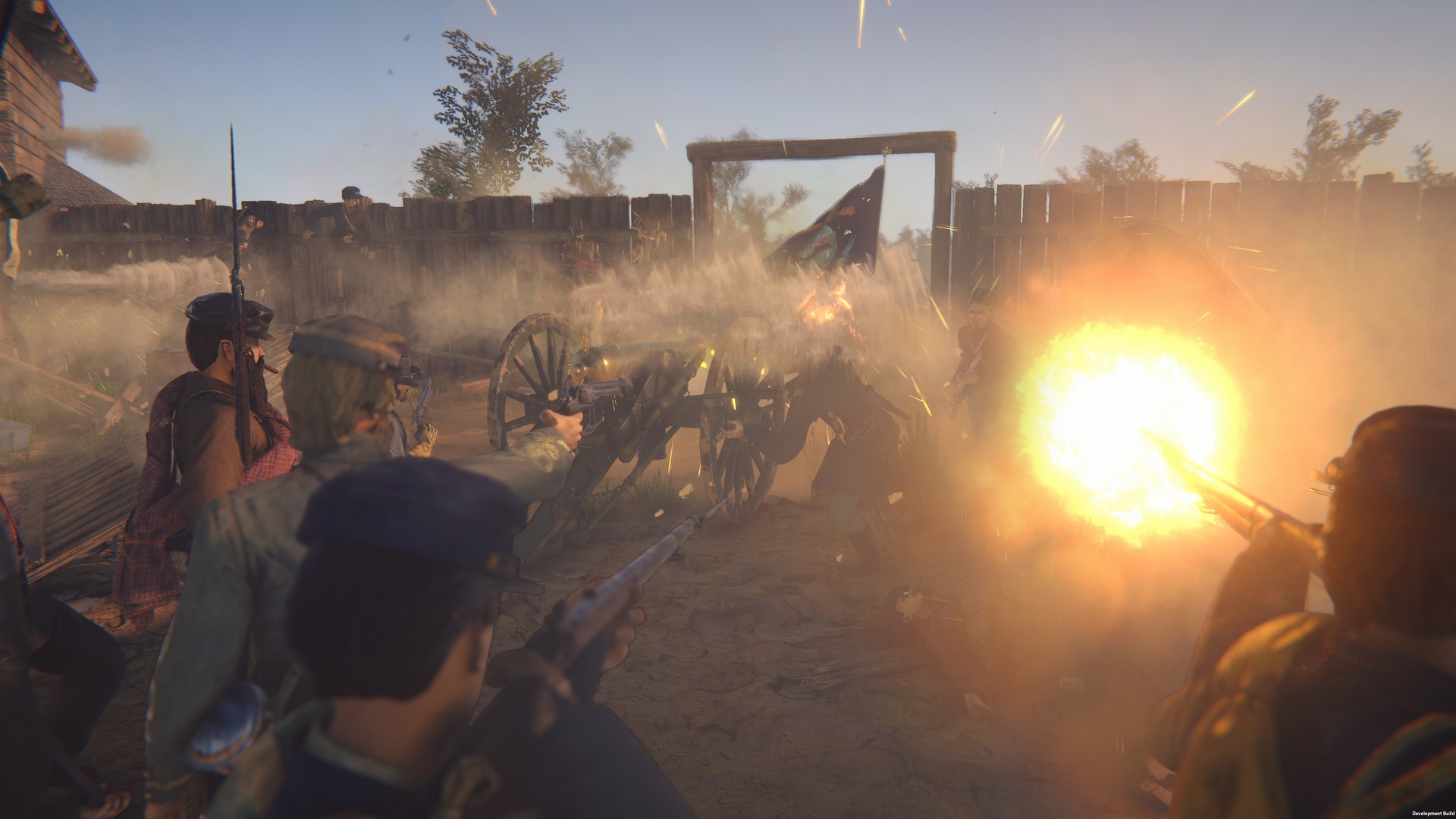

Musicians who played official roles in the military can be divided into two categories: field musicians and members of military bands. Soldiers also sang their own music, often at their evening encampments, for comfort and camaraderie. Lee, commander of the Confederate Army, reportedly said, “I don’t believe we can have an army without music.” From marching music to camp songs, from concerts to “Taps,” music moved the armies through daily activities, rallied morale, incited conflict, and defused tensions. Meanwhile, appreciation for performed music was also growing, and with wealthy citizens’ support, concert halls and music societies expanded.Īs more than three million men and boys from the North and the South marched to war in the 1860s, so did America’s music. Education of the growing middle class invariably included music lessons, and the printing of easy sheet music proliferated to meet the demand of parlor musicians.


You could often hear fiddles, flutes, banjos, and other easily made instruments in households across the economic spectrum wealthier households might have had a piano both as a musical instrument and as a status symbol. That’s because well before the invention of iPods or even radio, people relied on themselves, their families, and their communities for the music of daily life. There was a great deal of music making everywhere. Laying the groundwork for music’s integral role in the war was America’s rich and expanding musical life in the preceding years. Exploring the conflict’s varied soundtrack, from patriotic marches to haunting ballads, offers a window to the spirit, story, and emotion of a traumatic time in American history. Even so, wars have historically inspired and even required music, and the Civil War (1861–65) was no different. You might not think of a battlefield as a great place to hear music-it has probably never been anyone’s first choice of a concert venue. Frank Allen, 1880, featuring Mr.Band of the 114th Pennsylvania Volunteer Infantry, in front of Petersburg, Va., August, 1864. "Put the Right Man at the Wheel," by Will S. "Little Mac, Little Mac, You're the Very Man," by S.C. "The White House Chair," by S.C Foster, 1856 "Jeanie with the Light Brown Hair," 1854, featuring Mr. "Nelly Bly" (arrangements by John Tasker Howard and N. "Tenting on the Old Camp Ground," by Walter Kitteridge, 1862 "The Battle Cry of Freedom," by George F. "We Are Coming, Father Abraam, 300,000 More," by Stephen C.
#The battle cry of freedom orchestra plus
Five sections, plus an encore, comprised the evening: The Library presented this program at the Great Hall on June 5, 1999. Songfellows are: tenor Mukund Marathe tenor Gregory Davidson baritone Jared Stamm bass Ross Crolius pianist Robert Rogers and director Ross T. As part of the programs-in-exile, Songfellows, a quartet which grew out of the Metropolitan Opera Chorus, was asked to perform Civil War Songs songs on a program titled Songs of an Emerging Nation. Nearly 140 years later, in that same auditorium, the Performing Arts Library presented its public programs during the first two years of the renovation of the Library's Lincoln Center building. On February 27, 1860, in Cooper Union's Great Hall, Abraham Lincoln delivered his "right makes might" speech.


 0 kommentar(er)
0 kommentar(er)
